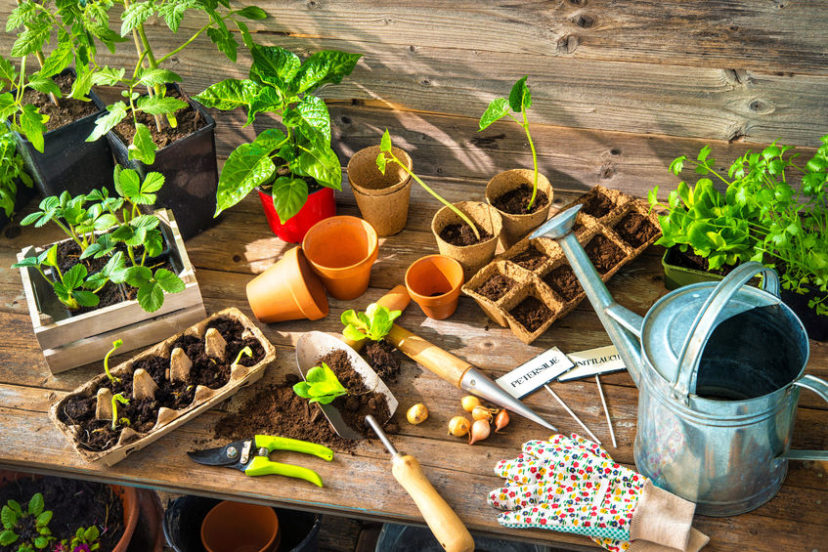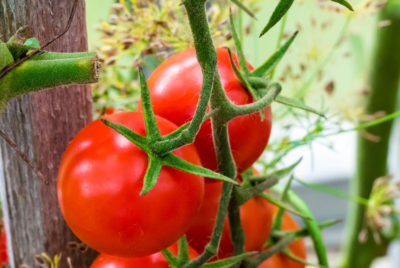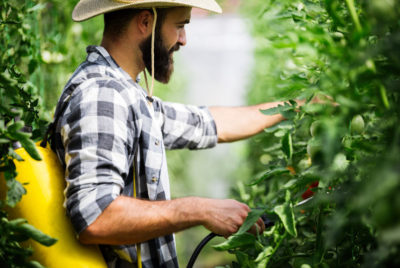7 Methods For Growing Your Own Food

Imagine, growing and eating your own homegrown food…having greater control over the quality of your diet and nutrition…not having to deal (as much) with grocery stores or the high price of fresh fruit and vegetables. These are just some of the things that make growing your own food the idea attractive. However, most people don’t start because they don’t know where to start. And as a result, they continue to pay for lower quality store-bought fresh and processed foods year after year.
The solution is obvious: start growing your own food. And as soon as you start looking into it you’ll soon realise that you don’t need room for a traditional veggie patch in your garden to start your homegrown food journey. You can use a container garden, a hydroponic set up, aquaponics or even an indoor garden. There are plenty of options to choose from. Read one to find out which one will suit you and your home.
1. Traditional Garden
A traditional garden is the most common and, obviously, the most popular garden arrangement. All you need is space, good quality soil, some Essential Tools, a healthy dose of elbow grease and some sunshine and water. You can choose to arrange your plants in rows or scatter them around the backyard. The most important thing is to get out there and start planting. However, if space is an issue (and it tends to be the number one issue for most people), then read on. A container garden might be for you.
2. Container Garden
Container gardening is ideal if you have impoverished or poor soil in your garden.
The most important part of your container garden is choosing the right container. While, almost any gardening container can be used, it must be a container that has sufficient drainage to allow excess water to drain from plant roots. Avoid containers that have been used to store chemicals as traces of these chemicals may leach into the soil. In addition, make sure you choose a container with adequate drainage. If your drainage is poor your plants will rot and die. Finally, make sure you choose a big enough container. If you’re looking for a Container Garden this is a great option right.
As you use soil in a container garden, give your plants the best chance by only using top quality Organic Soils.
3. Hydroponics
Hydroponic gardening is the method of growing plants in a nutritious water solution instead of in the soil. Hydroponic gardening has gained immense popularity due to its various advantages compared to soil-based. First, plants grow extremely fast; second, crop yields tend to be larger as is the size of the plants grown. They produce more nutritious fruits.
Plants are grown in a bed of filler (such as clay pellets or pebbles). Close to that filler is a tank of water, with a pump that delivers water from the tank to plants’ root system. Hydroponics rigs can be quite large. However, it is possible to get beginner rigs which are usually made on a smaller scale.
Importantly, hydroponics allow planting and growing in areas not suited to traditional or container gardening. In addition, hydroponics all you to grow vegetables and fruits at any season. A hydroponic garden can be set up indoors, in a bright area, outdoors or a greenhouse. But, in general, hydroponic gardening is mainly done indoors. You can check out all your hydroponics equipment here: here
4. Vertical Garden
Vertical gardening help keep plants off the ground and make an appealing choice for those short on space. By using trellises, stakes and fences, you can use underutilized ‘air’ space to grow plants. Several plants adapt well to this type of gardening. You can find a huge range of vertical garden supplies here
5. Aquaponics
Aquaponics gardening is a great way to grow your own organic vegetables and chemical-free, using fish. It is a sustainable food production system that combines traditional aquaculture with hydroponic crops in a symbiotic environment. The nitrates produced by the fish are pumped through the plants’ root systems as fertilizer. Aquaponics systems vary in size from small indoor or outdoor units to large commercial units, using the same technology. Click here to see these great aquaponic systems
6. Planting A Tree
Planting a fruit tree is a simple and effective way to start growing your own food. Apple trees are a great option. As are cherry trees, pear trees. Alternatively, you could plant some berry bushes; raspberry and blueberry bushes provide tasty and nutritious fruit.
7. Indoor Garden
An indoor garden is an attractive option for those of us short on space or those living in colder climates.
To achieve good results , you will need an appropriate LED light source because your plants will need to grown in a low-light environment. If you’re considering an indoor garden check out these options
Conclusion
As you can see, there are as many different ways to grow your own food as there are reasons to do it. get started on your growing your food journey today!!
Like this Article? Pin it on Pinterest




